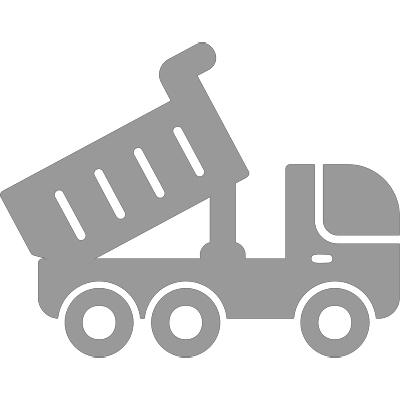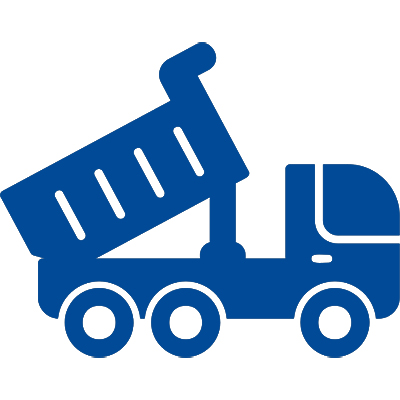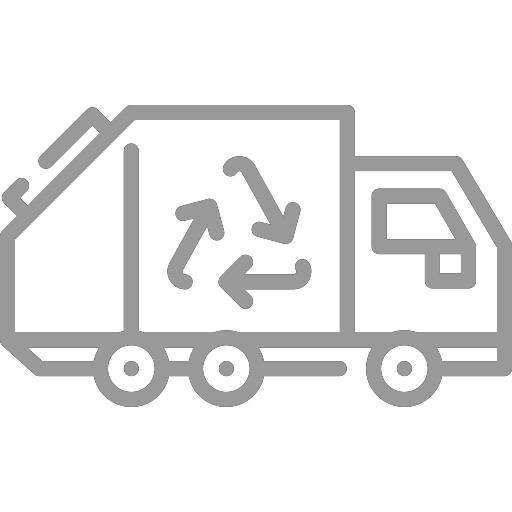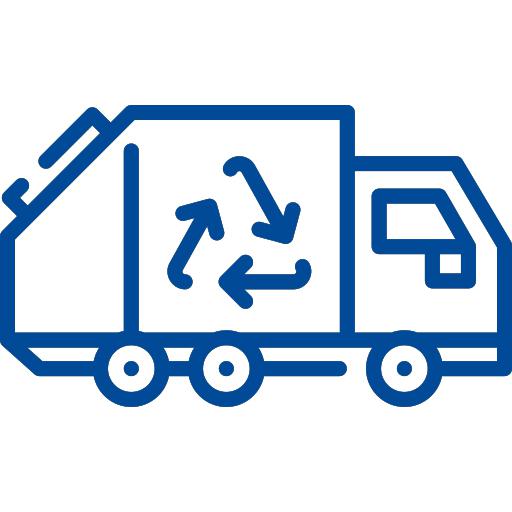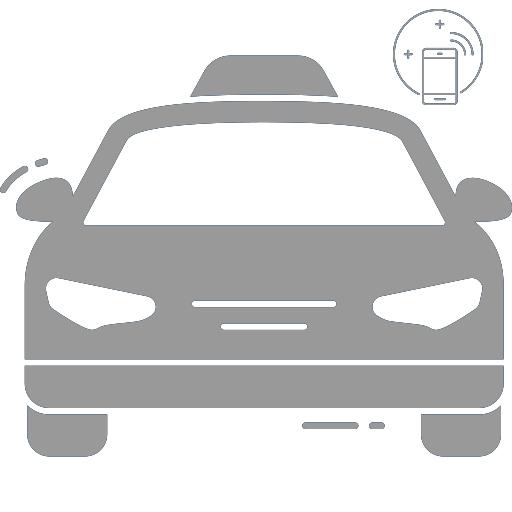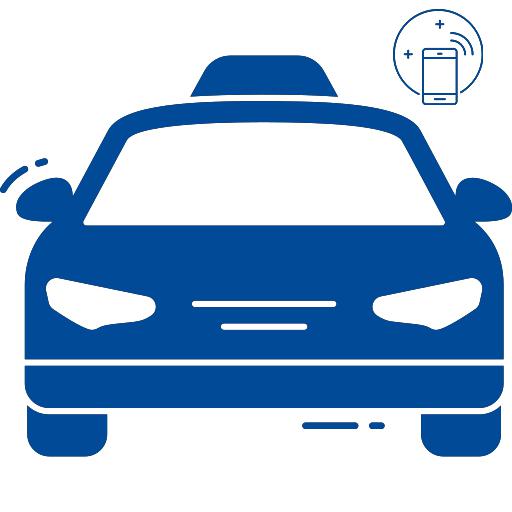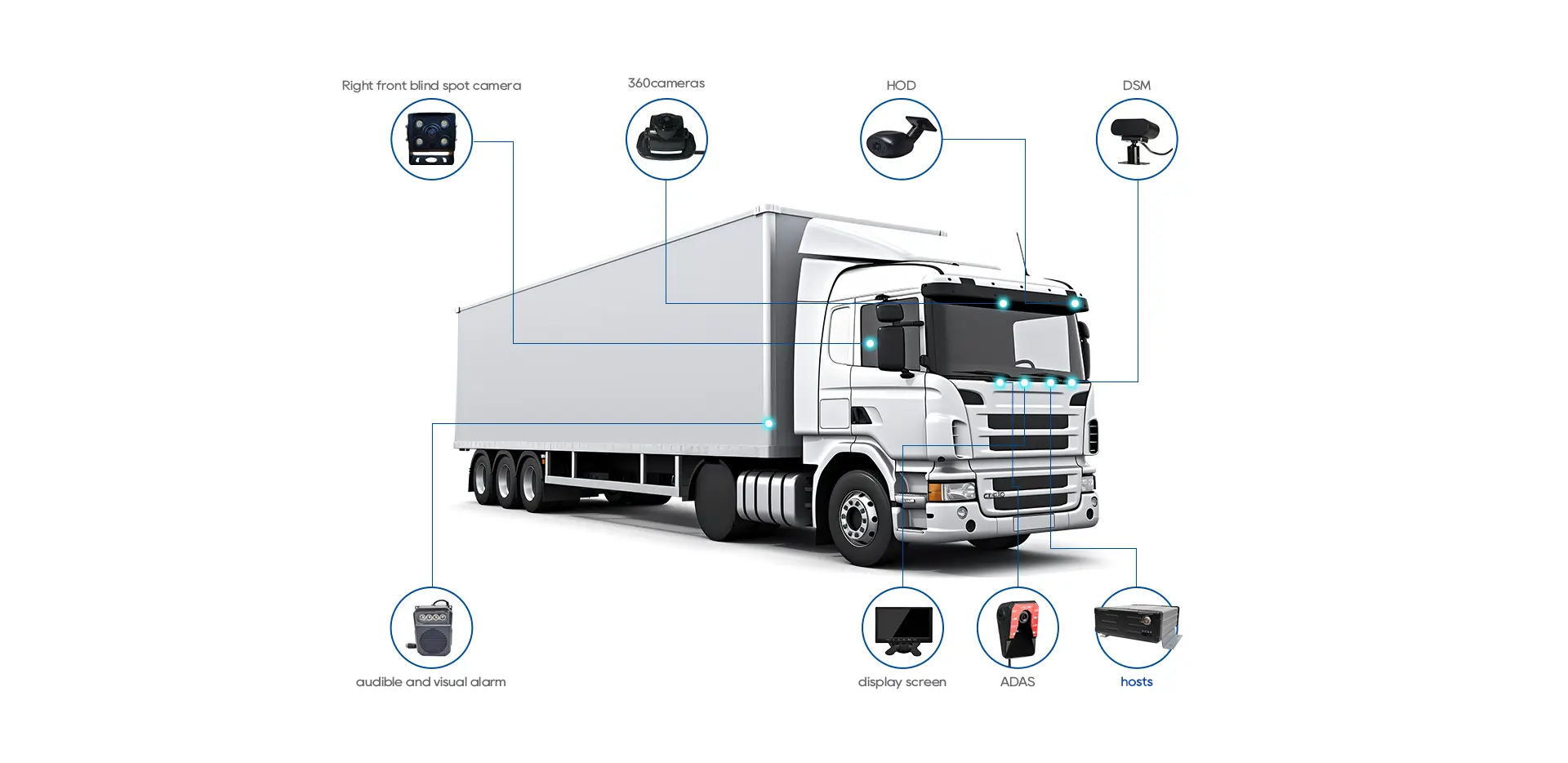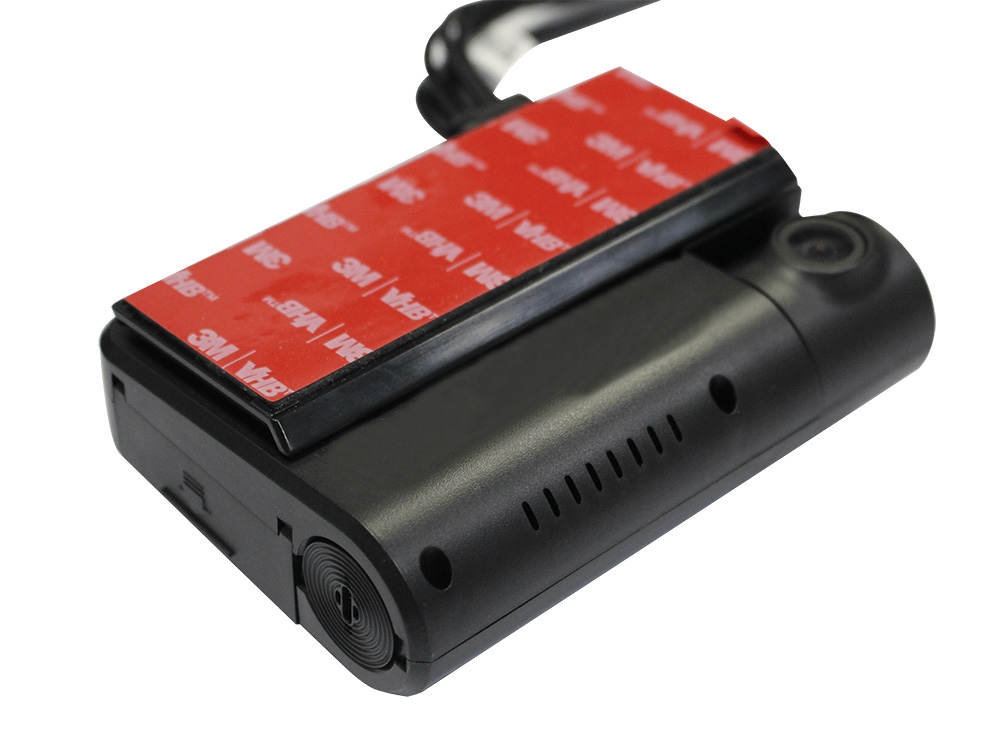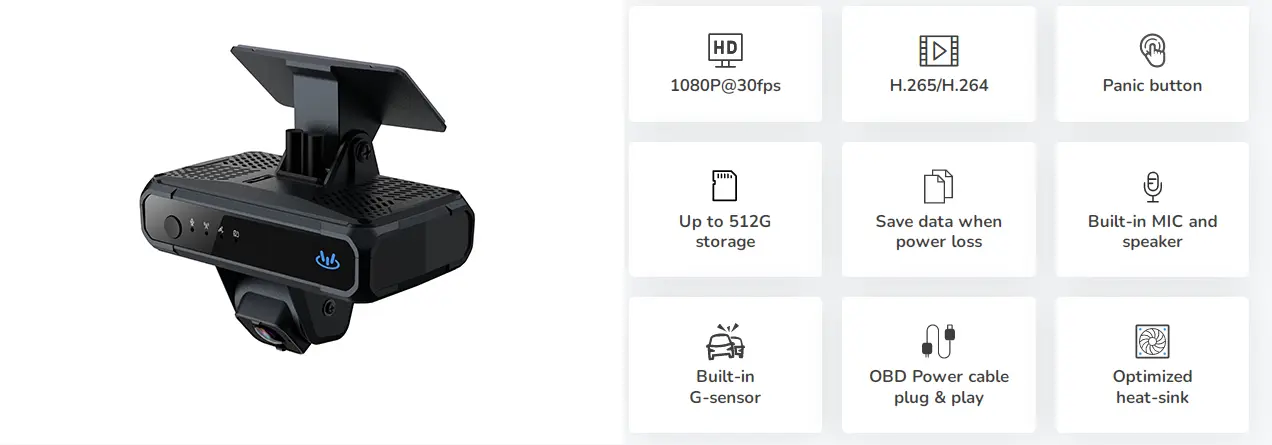Australian Truck Driver Dash Cam
Australian Truck Driver Dash Camera
Across Australia’s vast continent, commercial fleets—from interstate B-Double semi-trailers and road trains to urban delivery vans—face unique challenges: long-haul driving, variable climates (from tropical storms in Queensland to cold winters in Tasmania), complex road conditions (red dirt inland roads, urban congestion), and strict federal and state traffic regulations. For professional truck drivers and fleet managers, safety, compliance, and efficiencyare the lifelines of operations—and a dash cam designed for Australian conditions is a key tool to safeguard them.
This article explores real-world scenarios for Australian commercial fleets, analyzing the core features of 2025 dash cams, choosing the right type, durability considerations, and deep compatibility with local fleet management—helping you select the ideal “mobile safety assistant” for your vehicle.
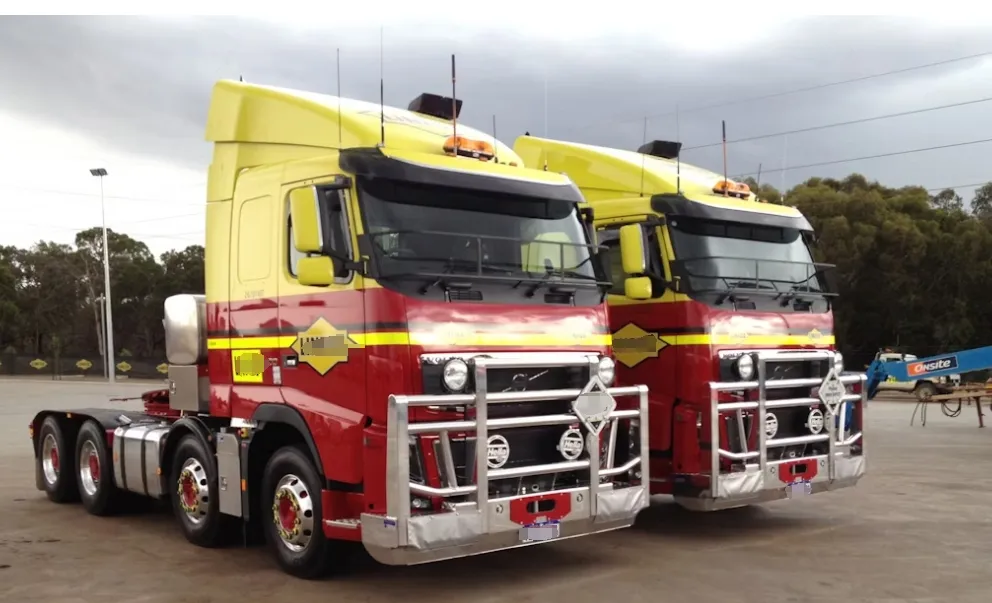
Choosing a Dash Cam for Australian Commercial Fleets
For Australian fleets with long-haul, multi-scenario, and highly regulated operations, dash cams must balance accident evidence, fleet management, and regulatory compliance. Key 2025 selection points include:
1.1 4G/5G Dual-Mode Connectivity
Australia’s vast and sparsely populated regions often traverse NBN coverage gaps (e.g., Kimberley region in WA). Dash cams supporting 4G+5G dual-mode switchingare essential:
① Real-Time Data Upload:Using local carriers (e.g., Telstra, Optus), videos and GPS tracks are instantly synced to the fleet management platform, allowing managers to monitor driver behavior, route deviations, or emergencies even in remote areas.
② Emergency SOS Integration:In accidents or theft, a single button triggers alerts with location coordinates and live video to the fleet center, reducing rescue response times (average roadside assistance: 30 minutes; real-time tracking can reduce to under 10 minutes).
③ Compliance Evidence:Australian insurance law (e.g., Motor Vehicle Insurance Act 1984) requires retaining commercial vehicle accident footage for at least 12 months; 4G uploads prevent data loss from SD card failure.
1.2 All-Weather Night Vision
Australia’s day-night temperature swings can reach 20°C (e.g., Melbourne winter: -5°C at night to 15°C in daytime), and regions like Uluru feature strong glare or dark desert roads. High-quality dash cams should offer:
① Wide Dynamic Range (WDR) Technology:Captures license plates and road signs clearly under extreme lighting—desert midday sun or shadowed caves (per Australian law, accident footage must include all signs within 50 meters).
② Infrared Illumination (Invisible Light):Allows silent recording while parked (e.g., Alice Springs rest stops), preventing theft or wildlife collisions (kangaroos frequently cross inland roads at night).
1.3 Multi-Channel + Expandable Storage (for large Australian fleets)
Fleet sizes vary widely—from 2-vehicle small companies to 200+ national logistics firms—requiring tailored coverage:
① Single/Dual Channel (Light Commercial Vehicles):For vans and pickups, single channel covers forward view (up to 30 meters), dual channel adds rear cargo coverage to prevent theft.
② Three Channels (Medium Fleets):Moving trucks or refrigerated trucks benefit from cabin monitoring to track driver status (fatigue prevention), complying with the Work Health and Safety Act 2011.
③ Commercial-Grade Systems (Heavy Fleets):For B-Double semi-trailers and road trains (over 53 meters total), 6–8 cameras (front, sides, rear, cargo, cabin) provide 360° coverage, meeting NSW Road Rules 2021 for long-vehicle blind spots.
1.4 GPS + Driver Assistance
Australian interstate transport often involves 10+ hours of continuous driving (e.g., Sydney to Perth ~3,300 km). Safety and efficiency require:
① High-Precision GPS:Supports local GNSS augmentation, <2m error, accurately logging speeding, harsh braking, and generating compliance reports for fleet management.
② ADAS Advanced Driver Assistance:Lane departure warnings (highway shoulders often loose gravel), pedestrian detection (small-town crossings), and fatigue alerts (steering wheel vibration + voice prompt) reduce “highway hypnosis” risks.
Vehicle-Specific Dash Cam Recommendations
2.1 Van (e.g., Holden Cruze Cargo)
① Recommended Type:Dual-Channel Dash Cam
② Core Function:Front + rear coverage, anti-theft protection
③ Typical Use:Sydney urban delivery, Melbourne port shuttle
2.2 Refrigerated Truck (e.g., Reefer Container Trailer)
① Recommended Type:Three-Channel Dash Cam
② Core Function:Cabin + cargo monitoring, temperature/humidity integration
③ Typical Use:Brisbane to Adelaide fresh produce transport
2.3 B-Double Semi-Trailer
① Recommended Type:Commercial-Grade System (6–8 cameras)
② Core Function:360° coverage, compliant with long-vehicle blind spot regulations
③ Typical Use:WA Pilbara iron ore transport
2.4 Road Train (>53m)
① Recommended Type:Custom Multi-Camera System
② Core Function:Multi-angle synchronized recording, remote live access
③ Typical Use:Queensland to Fremantle long-haul agricultural transport
Recommended YUWEI Dash Cams
V8N AI Dash Cam with ADAS & DMS
In 2025, Australian commercial fleets require more than a functional dash cam—they need a professional tool that understands local conditions, complies with regulations, and protects business operations. From small delivery vans to interstate semi-trailers, YUWEI dash cams offer military-grade durability, all-weather compatibility, and deep local integration (Telstra 5G support, AS/NZS certified), safeguarding every long-haul journey.
Email:hello@yuweitek.com















